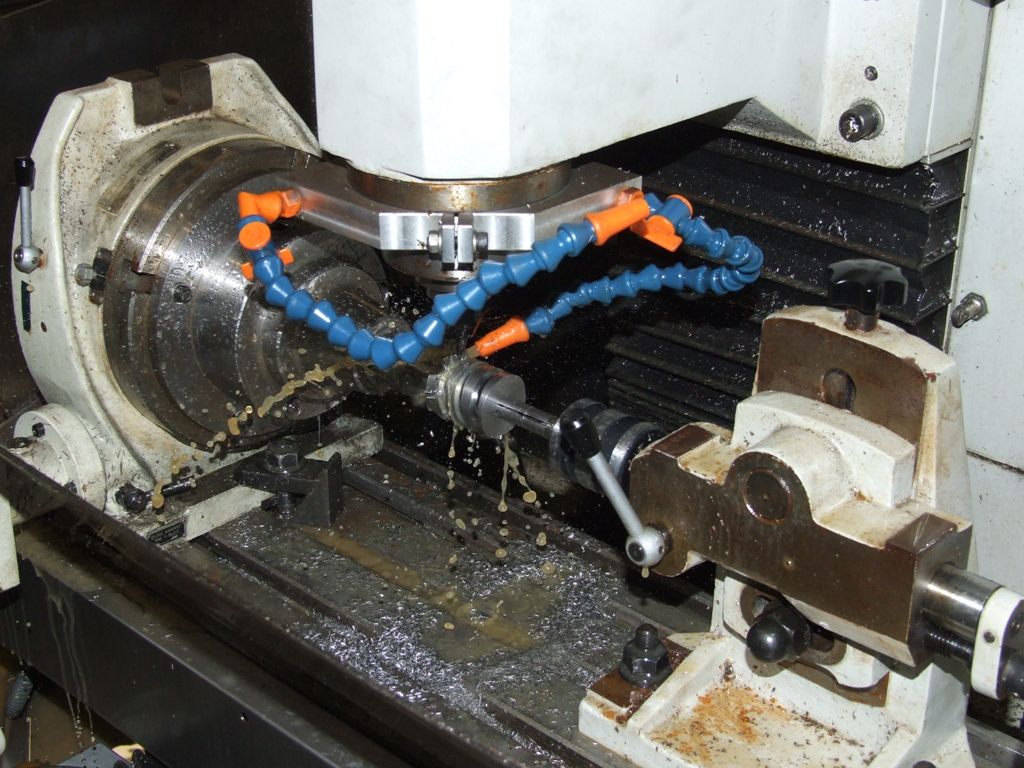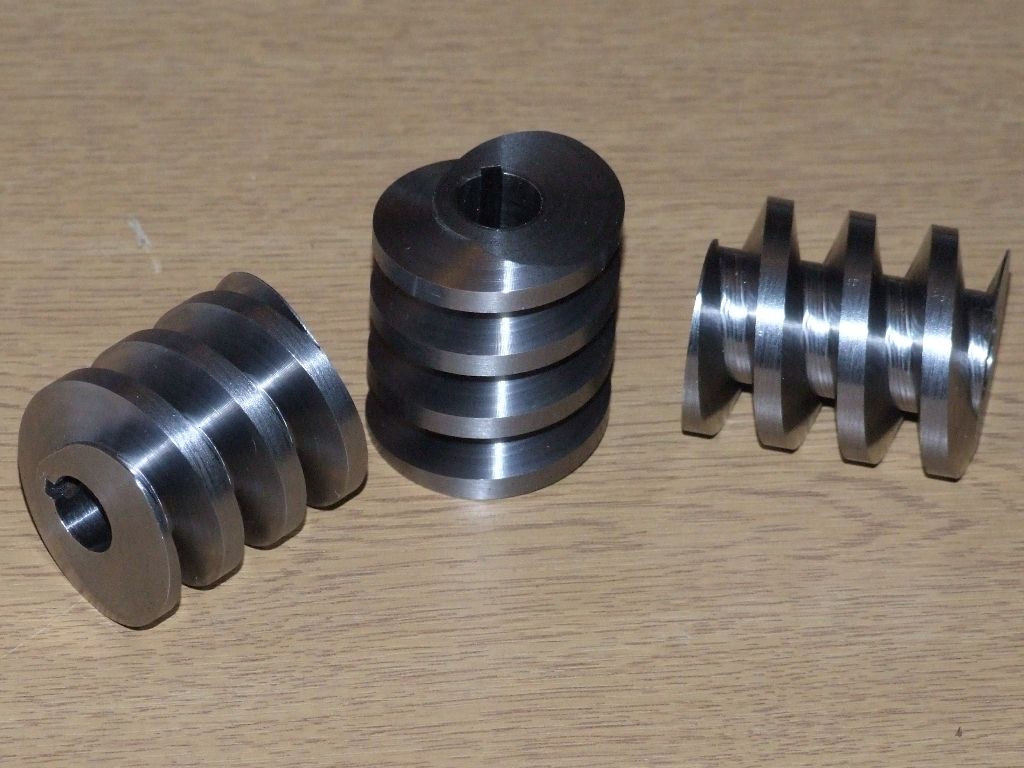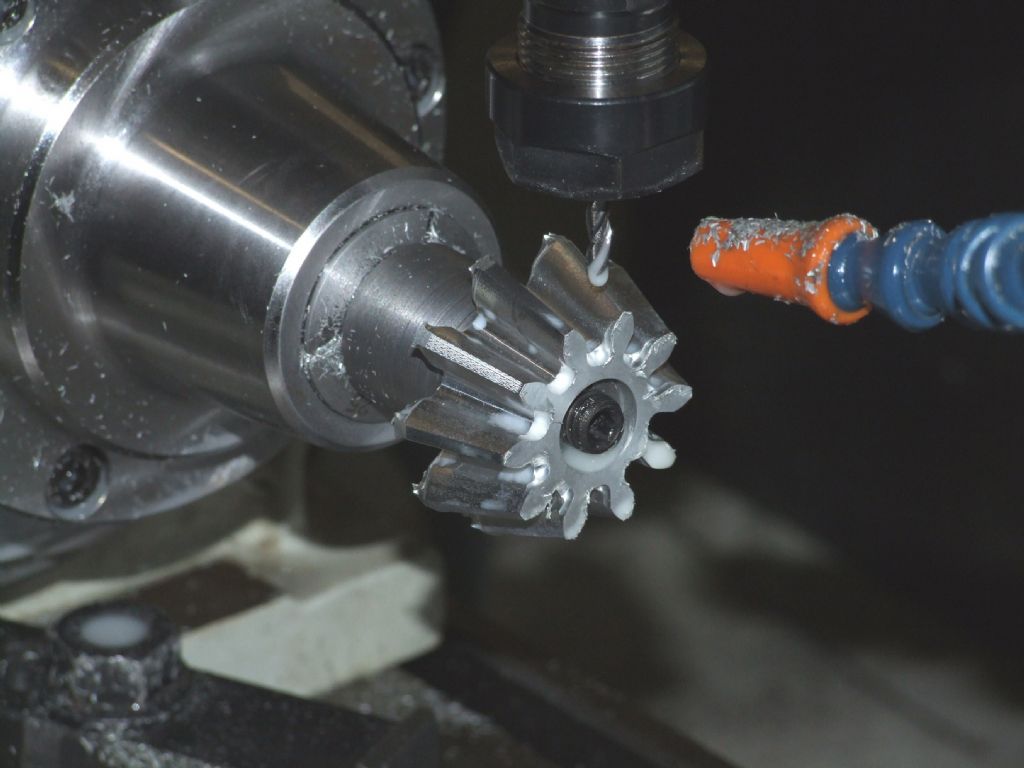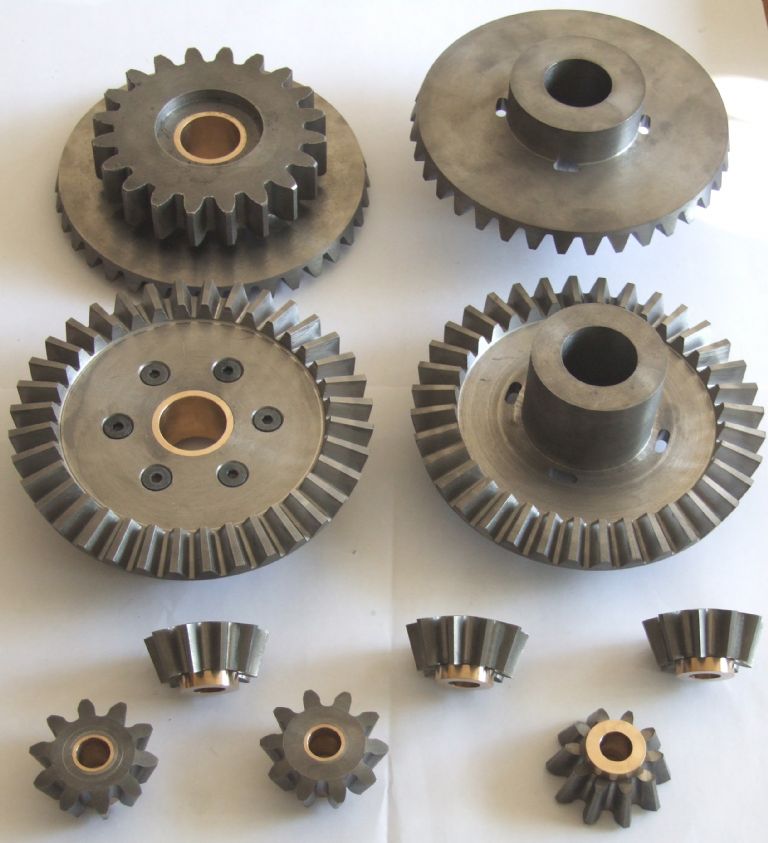I'll try and add to some of the points previously made. Plus one for the TTS system. I bought a second special collet and use the system for about 80% of the milling and drilling on my Bridgeport.
At the time I bought my Tormach (2009) there wasn't an ATC. I have looked at it since. But it's very expensive and my gut feel was that it isn't robust or reliable. When I was looking at buying the Tormach I also considered Haas. The ATC option was almost as much as the base machine. It's not sufficiently painful to change tools manually to make me look at buying the ATC.
I didn't initially buy a power drawbar but have done so since. Although I'm embarrassed to say that I haven't fitted it yet.
I designed a tooling plate and bought a large (expensive) piece of tooling plate. But I never got around to making the plate and thus far I don't miss it. I'm not sure I'll ever make it.
I didn't buy any books specifically on CNC mills – I just worked it out as I went. The only book I bought was "CNC Programming Handbook" by Peter Smid. It is a professional level book aimed at CNC lathes and mills. I use it as my go to guide for G-code.
My CAM program will only do 4th axis round and round or up and down the axis. For the worm ideally one needs a helical toolpath. Turns out a helical toolpath is quite simple, one line of code:
G01 X-11.450 A2160.000 F0.400
This goes from the current position to the specified value of X and a specified number of degrees in A. So the code is simply a series of the above commands with appropriate starting values of X and Z. I used three tools, 6mm and 4mm endmills for roughing and a tapered end mill to finish the flanks. The feedrate looks odd. That is because I used inverse time feedrates (G93). I had also sorts of trouble getting the original Tormach version of Mach3 to use conventional feedrates for helical paths. In short they never worked. A look at this post will illustrate the whole sorry saga:
Worms
The tailstock is pretty much set in Y by tenons on the underside of the body. To set in Z I used the arbor on which the part sat and tweaked the adjustment until the tip sat nicely in the corresponding countersink. A quick check along the arbor with a DTI will confirm that the arbor is parallel to the table.
Andrew
Steve Dunthorne 1.








